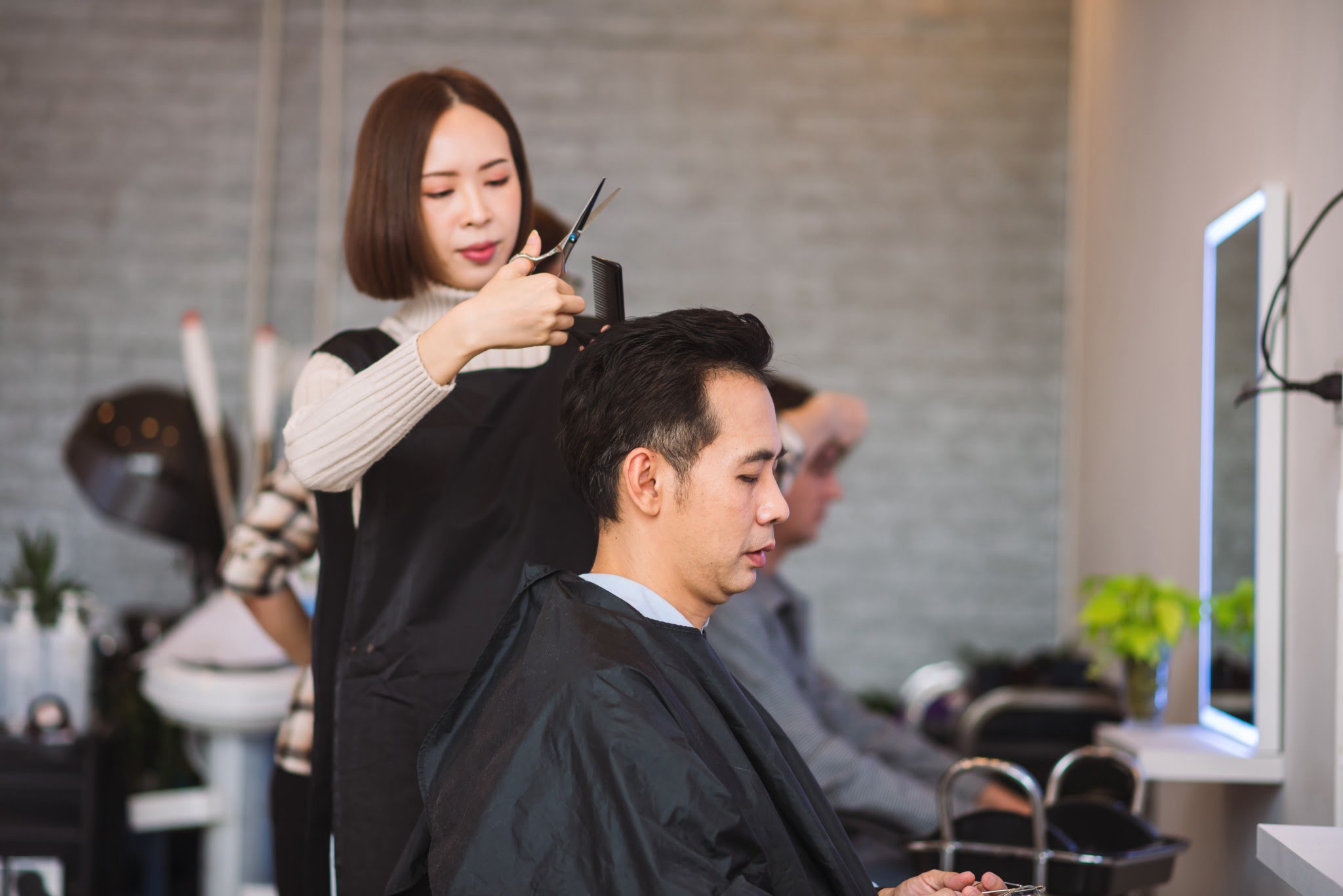Usage & Attitudes Study
Understanding consumer behavior, preferences, and trends in Vietnam’s hair care market.
Research Objectives
- Map current hair care product usage patterns
- Identify key purchase drivers and barriers
- Measure brand performance and positioning
- Segment consumers based on attitudes and behaviors
- Determine future trends and opportunities
Fieldwork Details
Sample Size: 462.
Demographics: Men & women aged 18-55.
Geography: Urban & suburban areas across 6 cities: Hanoi, HCMC, Da Nang, Can Tho, Hai Phong, Nha Trang.
Methodology: Online survey with follow-up qualitative interviews (with 08 survey respondents representing different consumer segments).
Fieldwork Period: January – February 2025

